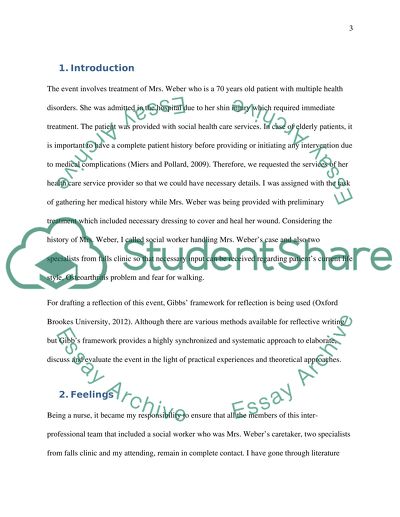Cite this document
(“The Dimensions of Interprofessional Practice (Reflective commentary) Essay”, n.d.)
Retrieved de https://studentshare.org/nursing/1465225-the-dimensions-of-interprofessional-practice
Retrieved de https://studentshare.org/nursing/1465225-the-dimensions-of-interprofessional-practice
(The Dimensions of Interprofessional Practice (Reflective Commentary) Essay)
https://studentshare.org/nursing/1465225-the-dimensions-of-interprofessional-practice.
https://studentshare.org/nursing/1465225-the-dimensions-of-interprofessional-practice.
“The Dimensions of Interprofessional Practice (Reflective Commentary) Essay”, n.d. https://studentshare.org/nursing/1465225-the-dimensions-of-interprofessional-practice.


